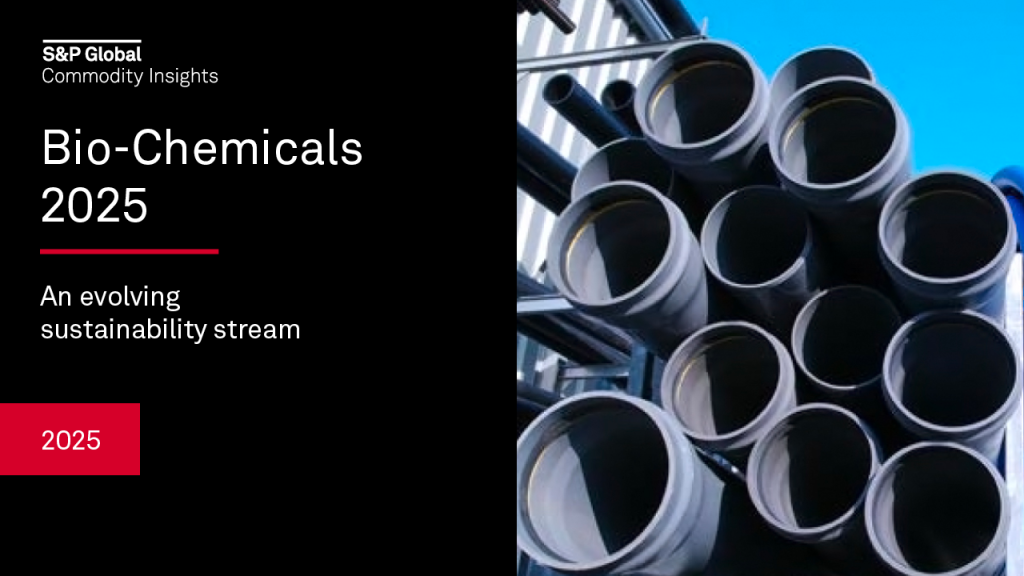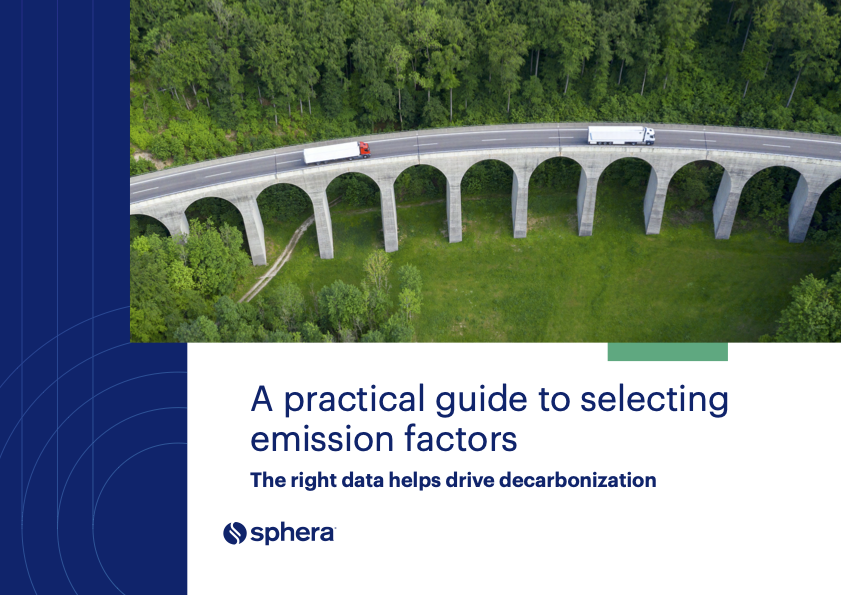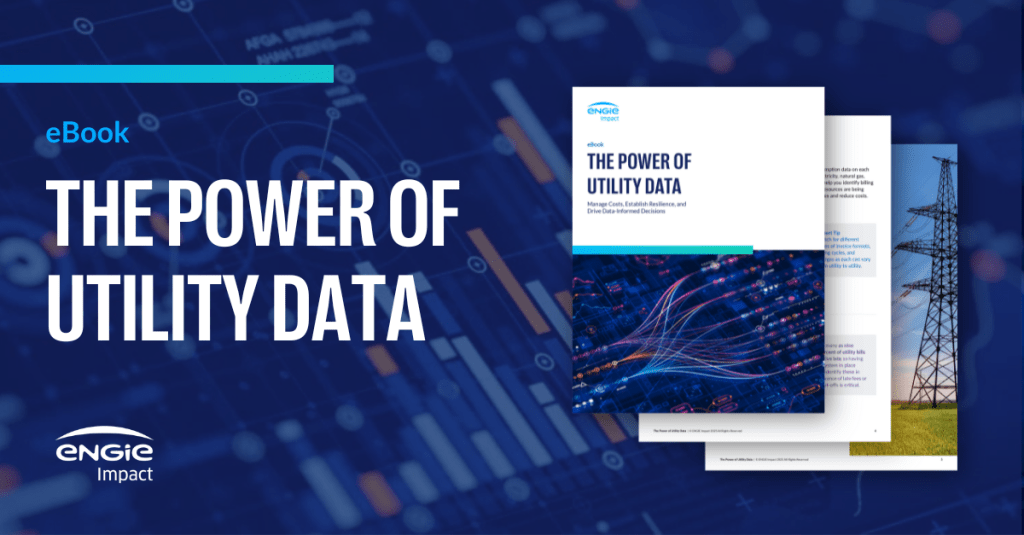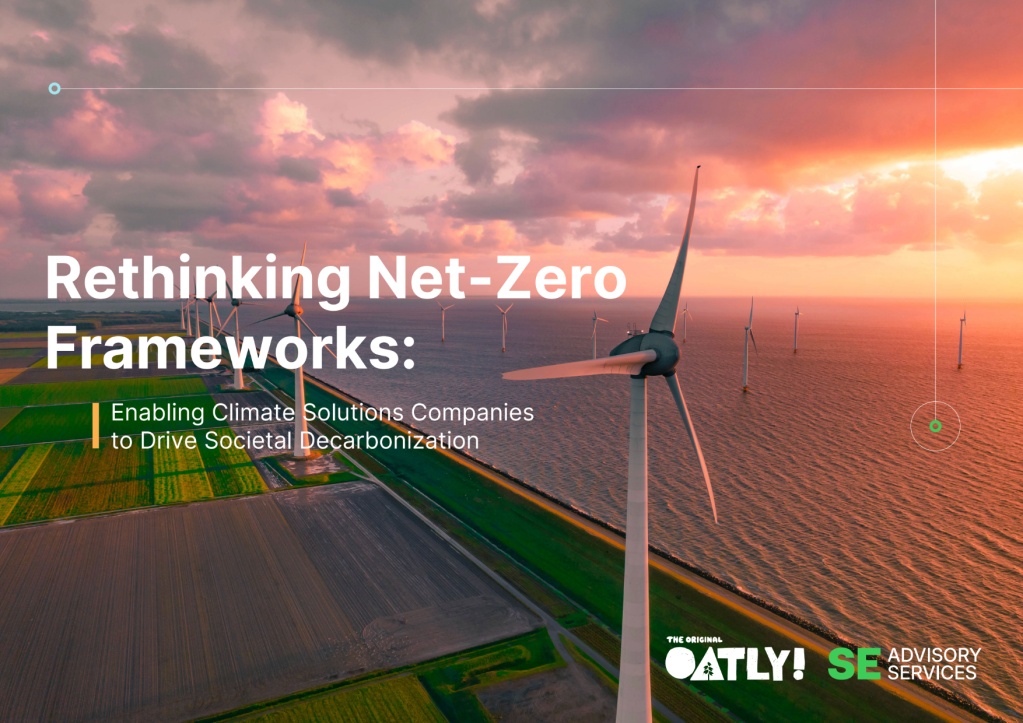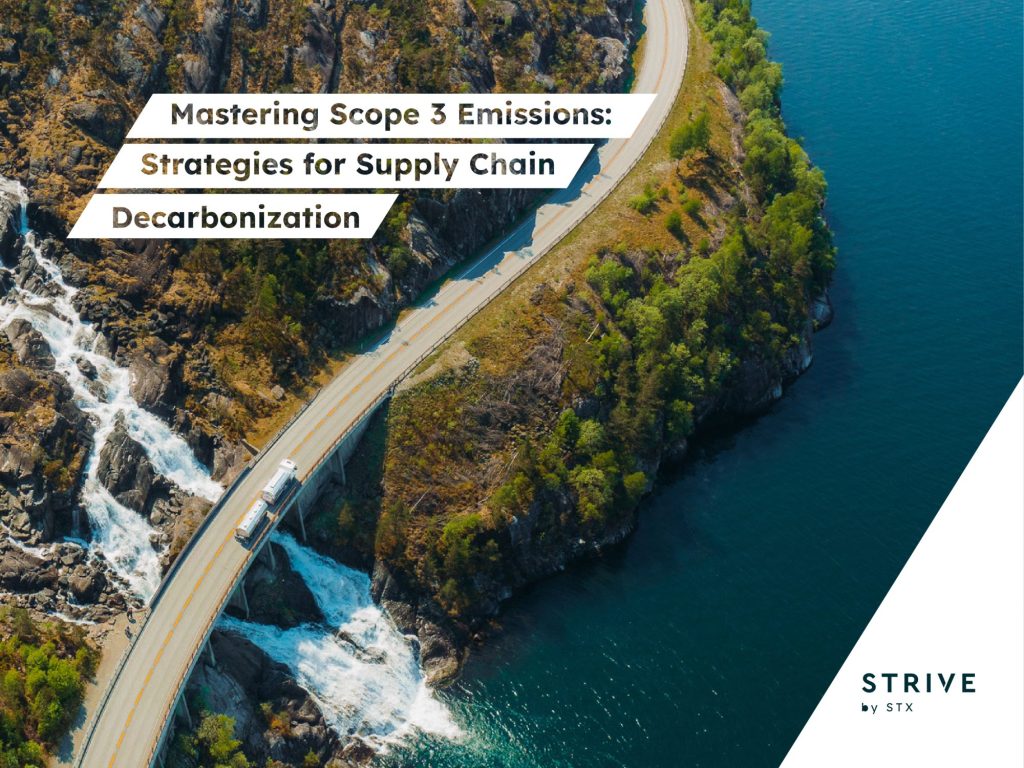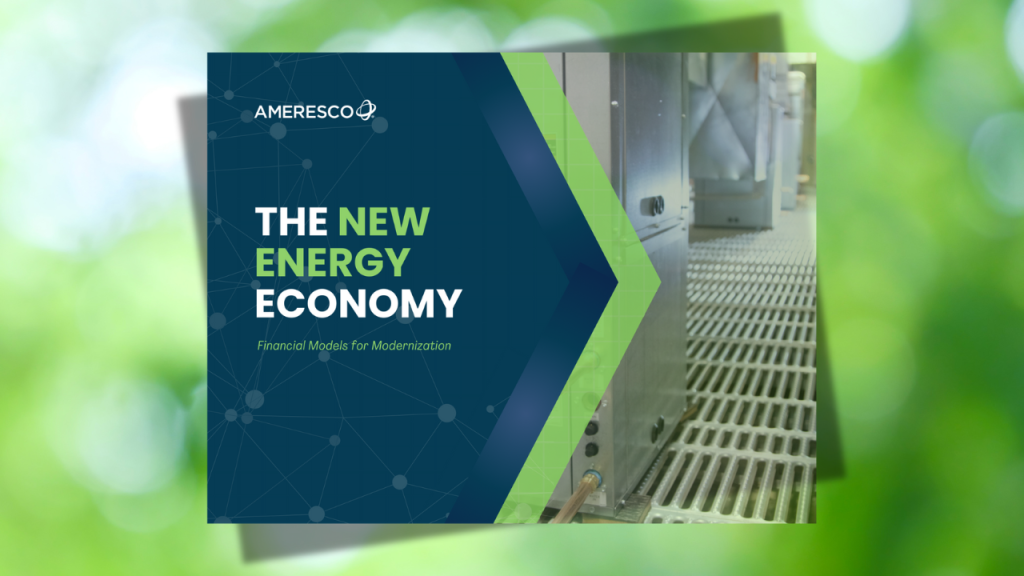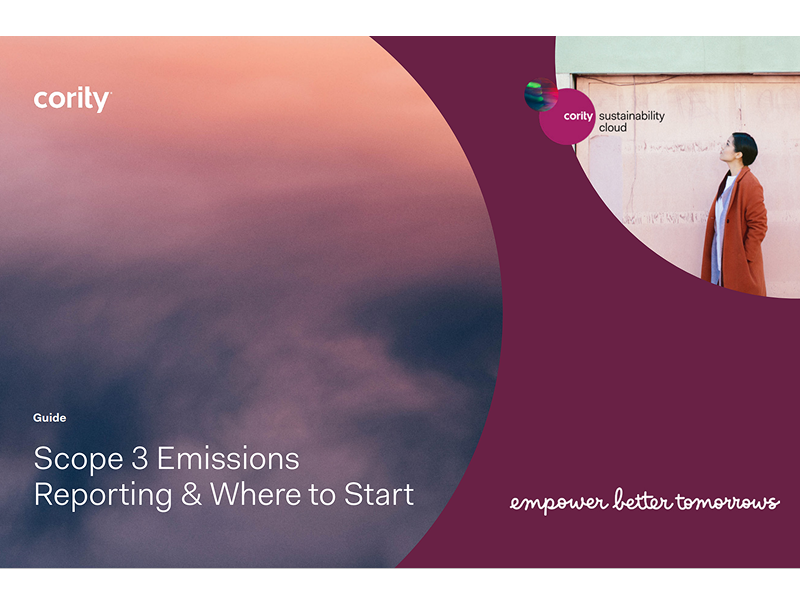Direct air capture’s reputation is challenged by over-crediting concerns
Unaccounted-for emissions generated prior to launch undermine the integrity of the approach, an independent rater argues. Read More
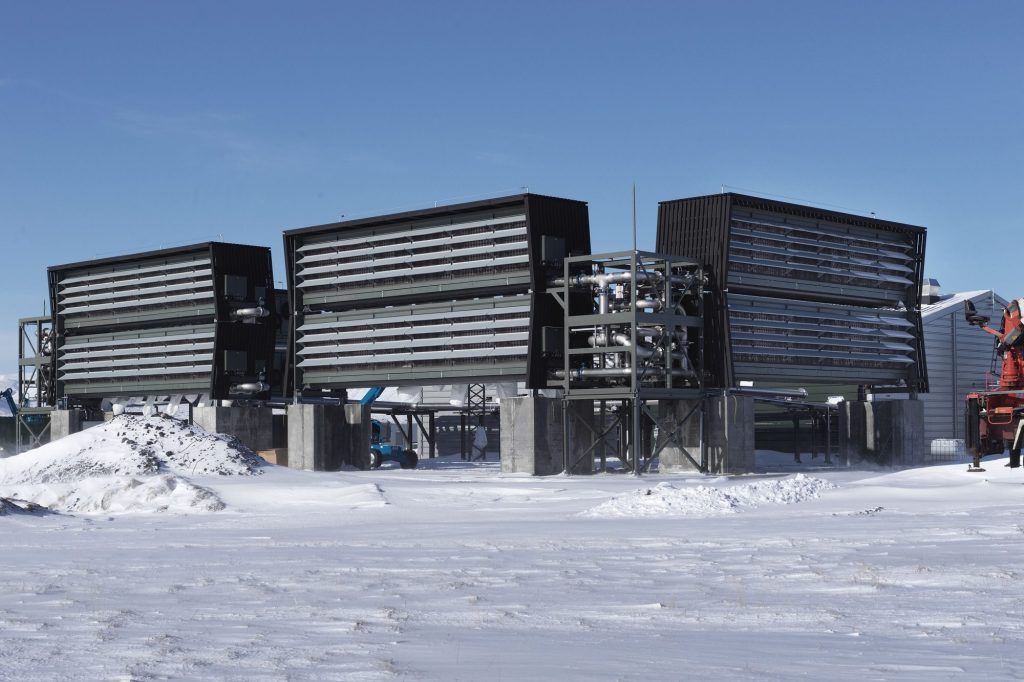
-
- Climeworks’ Orca project in Iceland was assigned a Tier 3 score by Calyx Global.
-
- The rating was due to a failure to properly account for emissions generated during construction and manufacture of the Orca facility.
-
- Direct air capture projects score highly on other quality metrics, and buyers can neutralize this “over-crediting” risk by purchasing additional credits.
For buyers navigating the controversy-prone world of carbon credits, one project type has traditionally been a safe option. Direct air capture (DAC) facilities suck carbon dioxide from the atmosphere and permanently store it deep underground, a process widely seen as one of the most trustworthy carbon removal solutions.
With DAC credits retailing at around $500 per ton of CO2 removed — several multiples higher than other methods — the technology’s main drawback has been price. But for deep-pocketed buyers, including Microsoft, Amazon and JP Morgan Chase, DAC has emerged as an important component of carbon credit portfolios.
That safe-but-expensive narrative has been complicated by an assessment of a pioneering DAC facility by Calyx Global, an independent rater of carbon credits projects.
Earlier this month, Calyx assigned a Tier 3 rating — the lowest of its publicly available scores — to Orca, a DAC facility in Iceland developed by the Swiss company Climeworks that opened in 2021. Calyx said the low rating was due to “over-crediting” — issuing credits for tons of CO2 that the project has not actually removed from the atmosphere.
Embodied emissions problem
Over-crediting by other projects has led to media exposés that have harmed the reputation of the carbon credits industry, but the issue with Orca is somewhat different. Many forestry protection projects, for example, have been accused of exaggerating deforestation risks in order to mint more credits than justified. In Orca’s case, Calyx says Climework failed to properly account for the emissions the project generated prior to launch.
Details of the Calyx assessment are only available to company subscribers, but the rater outlined the nature of the problem this week in a report, created in partnership with Meta, on how projects should account for “embodied” emissions, which include carbon generated during manufacturing of removal equipment and construction of facilities.
The report notes that the methodology followed by Climeworks allows the company to quickly generate credits by amortizing these emissions over multiple years. This means credits can be purchased and retired to satisfy corporate emissions claims before the amortization period is complete. And if the project shuts down before amortization ends, there is a risk those claims will be based on flawed accounting.
Calyx argues that projects should instead hold back from issuing credits until they have operated the facility for long enough to have removed enough CO2 to neutralize the embodied emissions. “If they don’t, they should not be issuing credits,” said Deborah Lawrence, the company’s chief scientist.
Calyx co-founder Donna Lee suggested that amortization had been included in the methodology to allow project developers to quickly receive carbon credit revenue, a trade-off she has seen many times in more than 20 years of working on carbon markets. “It doesn’t help build confidence in the market if we try to solve a financing problem by making compromises on the greenhouse gas accounting,” she said.
“Calyx’s methodology automatically downgrades removals projects that require construction – which includes every DAC project,” a Climeworks spokesperson told Trellis. “Climeworks’ Orca credits have been rated AAA by the leading ratings agency BeZero Carbon, their highest rating for quality.”
Other projects affected
In this case, the number of affected credits appears to be relatively small. According to AlliedOffsets, a carbon markets data provider, Climeworks has issued 856 credits from Orca, 700 of which were purchased and retired by Microsoft. The tech giant declined to comment on its use of the credits.
But questions around embodied emissions affect any project that generates material amounts of carbon prior to launch, including the next generation of DAC projects. Orca is being superseded by Mammoth, a second project in Iceland designed to capture 36,000 tons of CO2 annually, nine times the capacity of Orca. STRATOS, a facility being built in Texas by rival DAC company 1PointFive, has a planned capacity of 500,000 tons per year. Both will likely have higher embodied emissions than Orca. According to the report from Calyx and Meta, none of the DAC methodologies from major credit registries require project developers to pay back those emissions prior to issuing credits.
None of this means buyers should avoid DAC credits, however. In line with other assessments of DAC, Calyx noted that Orca scores highly for additionality — carbon market jargon for the likelihood the project would not have taken place without credit revenue — and the reliability of the carbon sequestration. When companies want to use credits to satisfy an emissions claim and over-crediting is a risk, one option Calyx suggests is to bundle other high-quality credits to compensate for the embodied emissions until the amortization period is complete.
Updated on September 4, 2025, with comment from Climeworks.

Subscribe to Trellis Briefing
Featured Reports


